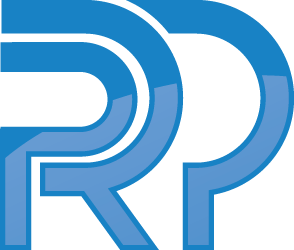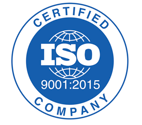On June 14, 2023, the FDA published the final version of its software guidance titled “Content of Premarket Submissions for Device Software Functions”. This new guidance supersedes previous guidance issued back in May 2005 titled “Guidance for the Content of Premarket Submissions for Software Contained in Medical Devices”. The new guidance document provides recommended documentation for premarket submissions for the FDA’s evaluation of the safety and effectiveness of device software functions. It reflects the FDA’s latest thinking regarding the types and levels of documentation that sponsors should include in their premarket submissions, including 510(k), De Novo classification request, Premarket Approval (PMA) application, Investigational Device Exemption (IDE), Humanitarian Device Exemption (HDE), and Biologics License Application (BLA), among others.
The recommendations are based on the FDA’s experience in evaluating device software and are intended to facilitate the FDA’s review. However, the FDA states that “sponsors may use alternative approaches and provide different documentation so long as their approach and documentation satisfy premarket submission requirements in applicable statutory provisions and regulations.”
Under this new guidance, there are two levels of documentation based on risk: (i) Enhanced and (ii) Basic. The purpose of the documentation levels is to determine the minimum amount of information that should support a premarket submission that includes device software functions. The FDA describes these documentation levels as follows:
Enhanced Documentation should be provided for any premarket submission that includes device software function(s) where a failure or flaw of any device software function(s) could present a hazardous situation with a probable risk of death or serious injury, either to a patient, user of the device, or others in the environment of use. These risks should be assessed prior to implementation of risk control measures. Sponsors should consider the risks in the context of the device’s intended use (e.g., impacts to safety, treatment, and/or diagnosis), and other relevant considerations.
Basic Documentation should be provided for any premarket submission that includes device software function(s) where Enhanced Documentation does not apply.
While every device needs to be individually evaluated to determine the appropriate documentation level, the FDA recommends that certain categories of devices automatically fall under the Enhanced level such as devices “intended to test blood donations for transfusion-transmitted infections, devices used to determine blood donor and recipient compatibility, automated blood cell separator devices intended for collection of blood and blood components for transfusion or further manufacturing use, and blood establishment computer software (BECS).” Further, the FDA has identified other categories that would typically necessitate the Enhanced Documentation level such as devices that are a constituent part of a combination product and also Class III devices.
The guidance document includes a description of the nature of recommended documentation, including specific examples, for Basic and Enhanced, as applicable, for the following 10 software documentation elements:
- Documentation Level Evaluation
- Software Description
- Risk Management File
- Software Requirements Specification (SRS)
- System and Software Architecture Design
- Software Design and Specification (SDS)
- Software Development, Configuration, Management, and Maintenance Practices
- Software Testing as Part of Verification and Validation
- Software Version History
- Unresolved Software Anomalies
Are you interested in learning more?



